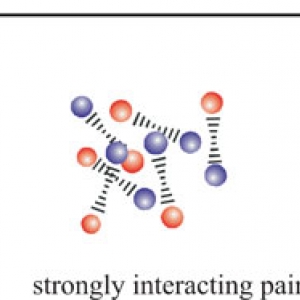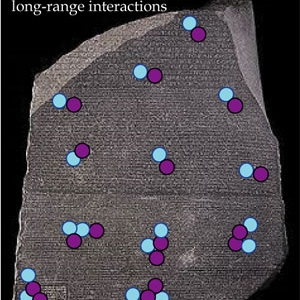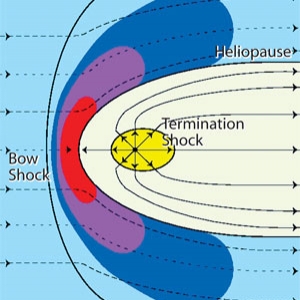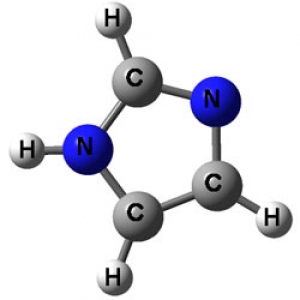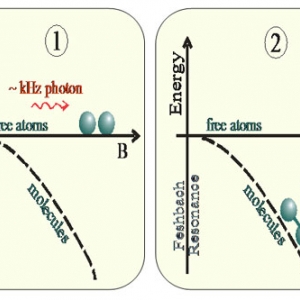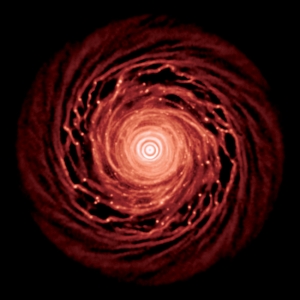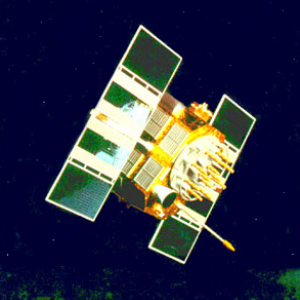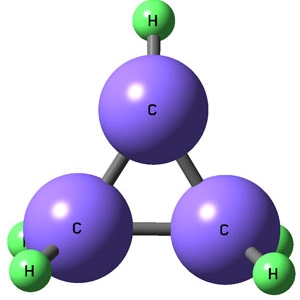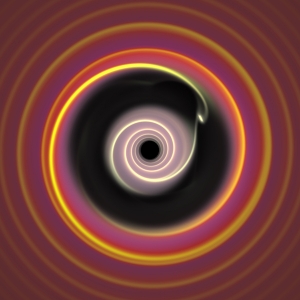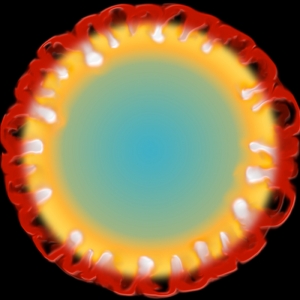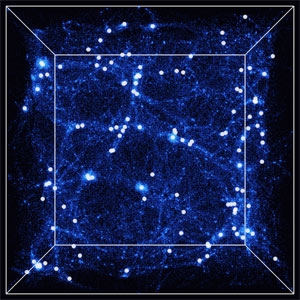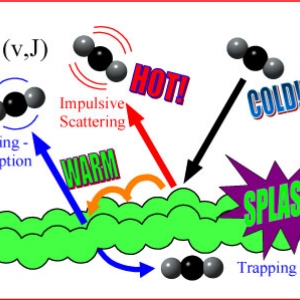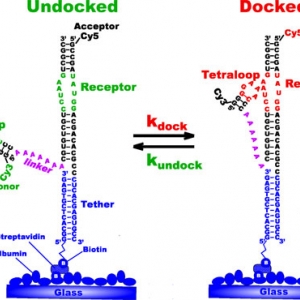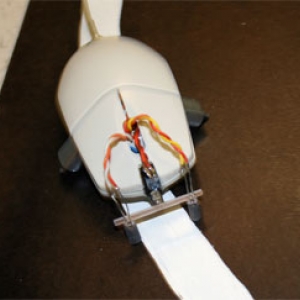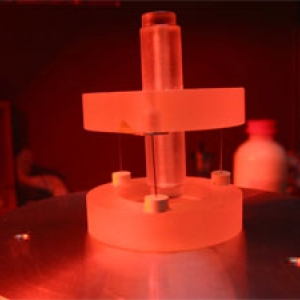Research Highlights
Displaying 441 - 460 of 470
Atomic & Molecular Physics | Nanoscience
Charting the Fermi Sea
PI(s):
Deborah Jin
Atomic & Molecular Physics
Cracking the Collision Code
PI(s):
John Bohn
Astrophysics
Cool Star Winds
PI(s):
Jeffrey Linsky
Chemical Physics
Designer Rings
PI(s):
W. Carl Lineberger
Atomic & Molecular Physics
The Tie That Binds
PI(s):
Carl Wieman
Chemical Physics
Smudging Genetic Blueprints
PI(s):
Chris Greene
Astrophysics
Spinning Out Stars & Planets
PI(s):
Phil Armitage
Precision Measurement
Timely Comparisons
PI(s):
Judah Levine
Biophysics | Chemical Physics | Nanoscience
Molecular Secrets Revealed
PI(s):
David Nesbitt
Laser Physics | Nanoscience
Atoms in Collision
PI(s):
Steven Cundiff
Atomic & Molecular Physics
Time Traveling
PI(s):
Jun Ye
Astrophysics
Gone with the Wind
PI(s):
Phil Armitage
Astrophysics
Surfing the Cosmic Shock Wave
PI(s):
Richard McCray
Astrophysics
Illuminating the Cosmic Web
PI(s):
Andrew Hamilton
Chemical Physics | Nanoscience
Splash!
PI(s):
David Nesbitt
Astrophysics
Sudden Death: Jets Defeat Stars
PI(s):
Mitch Begelman
Nanoscience | Precision Measurement
Measure the Force, Luke
PI(s):
Eric Cornell
Biophysics | Chemical Physics | Nanoscience
Amazing Molecular Velcro
PI(s):
David Nesbitt
Nanoscience | Precision Measurement
The Great Mouse Race
PI(s):
Konrad Lehnert
Laser Physics | Precision Measurement
The Quest for Stability
PI(s):
John Hall | Jun Ye




